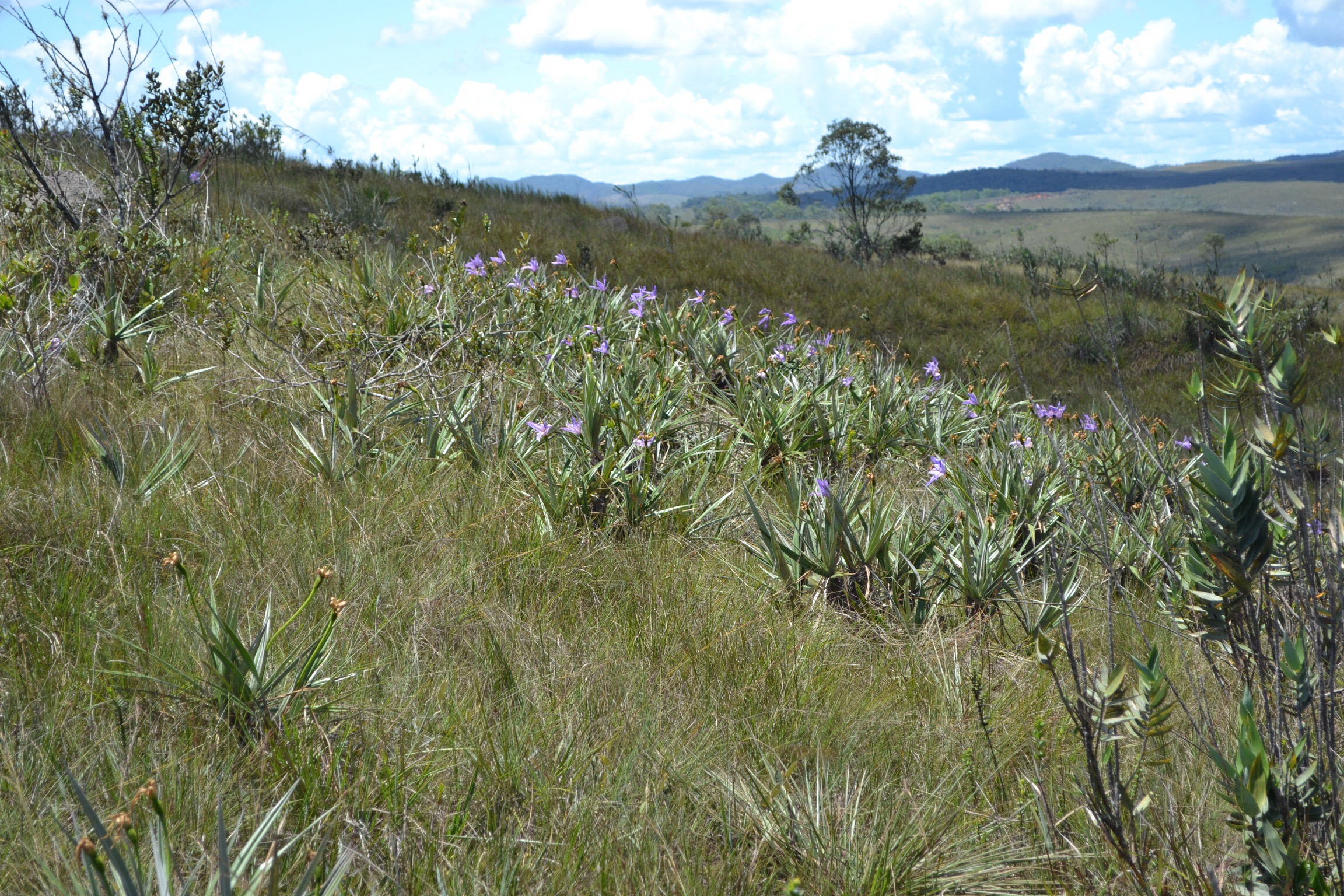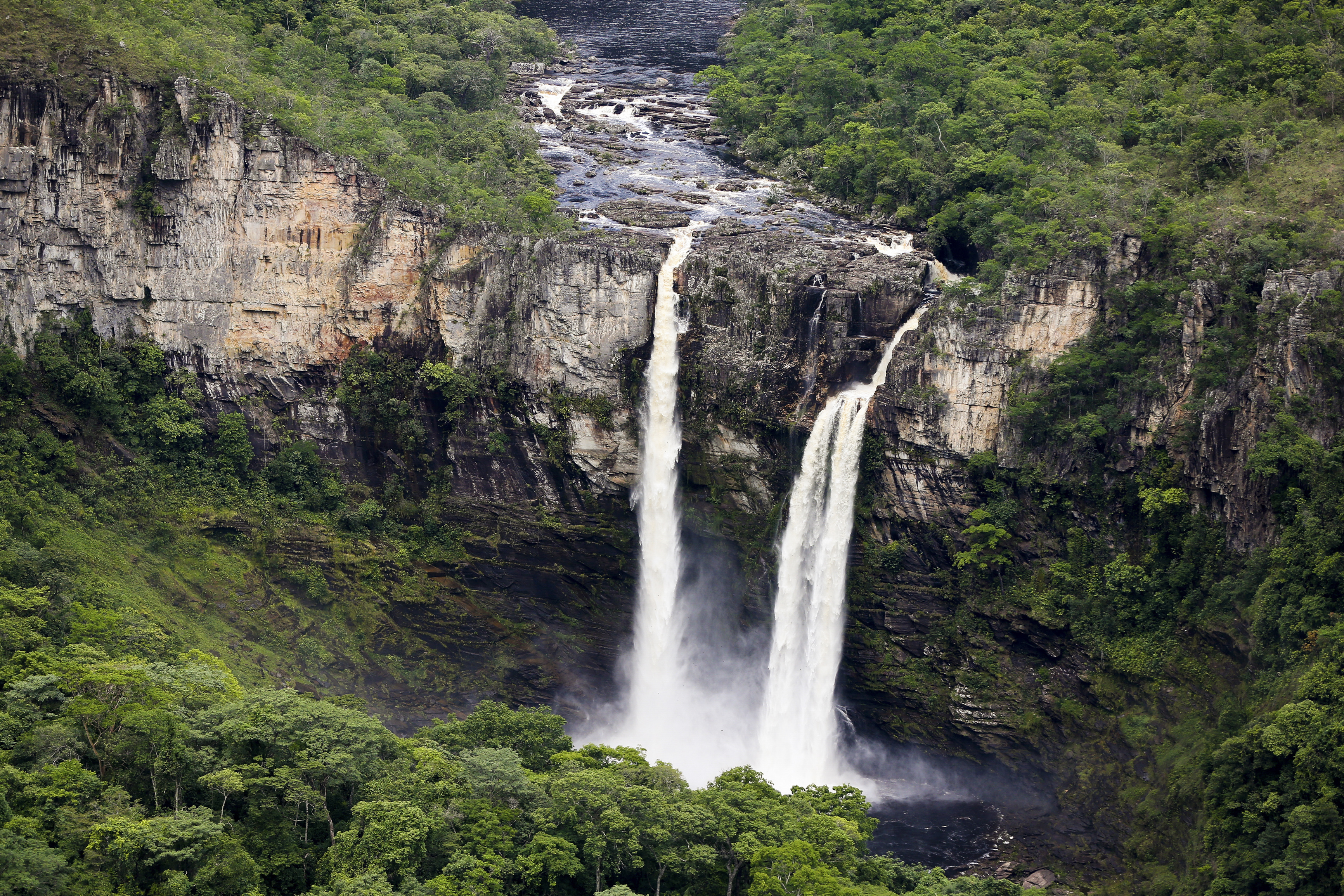|
Lepidagathis Montana
''Lepidagathis montana'' is a species of plant in the acanthus family, Acanthaceae. It is native to central Brazil, including the Espinhaço Range of Minas Gerais state northward to the Chapada Diamantina of Bahia state, and in the Federal District, Goias, and southern Maranhão. It grows in gallery forest and ''cerrado'' (savanna) in the southern part of its range. In the northern part of its range in Bahia state it grows in ''campo rupestre'' (montane grassland on sandy soil) and scrubland. This plant is cited in Flora Brasiliensis by Carl Friedrich Philipp von Martius. The Latin specific epithet ''montana'' refers to mountains or coming from mountains.Archibald William Smith References External links *Flora Brasiliensis: ''Lophostachys montana'' montana Montana ( ) is a landlocked U.S. state, state in the Mountain states, Mountain West subregion of the Western United States. It is bordered by Idaho to the west, North Dakota to the east, South Dakota to the southea ... [...More Info...] [...Related Items...] OR: [Wikipedia] [Google] [Baidu] |
Carl Friedrich Philipp Von Martius
Carl Friedrich Philipp (Karl Friedrich Philipp) von Martius (17 April 1794 – 13 December 1868) was a German botany, botanist and explorer. Between 1817 and 1820, he travelled 10,000 km through Brazil while collecting botanical specimens. His most important work was a comprehensive flora of Brazil, ''Flora Brasiliensis'', which he initiated in 1840 and was completed posthumously in 1906. Life Martius was born at Erlangen, the son of Prof Ernst Wilhelm Martius, court apothecary. He graduated PhD from University of Erlangen–Nuremberg, Erlangen University in 1814, publishing as his thesis a critical catalogue of plants in the university's botanical garden. After that he continued to devote himself to botanical study, and in 1817 he and Johann Baptist von Spix were sent to Brazil by Maximilian I Joseph of Bavaria, Maximilian I Joseph, the king of Bavaria. They travelled from Rio de Janeiro through several of the southern and eastern provinces of Brazil and travelled up the Amazon ... [...More Info...] [...Related Items...] OR: [Wikipedia] [Google] [Baidu] |
Campos Rupestres
The ''campo rupestre'' ("rupestrian grassland") is a discontinuous montane subtropical ecoregion occurring across three different biomes in Brazil: Cerrado, Atlantic Forest and Caatinga. Originally, ''campo rupestre'' was used to characterize the montane vegetation of the Espinhaço Range, but recently this term has been broadly applied by the scientific community to define high altitudinal fire-prone areas dominated by grasslands and rocky outcrops. Geography ''Campo rupestre'' (sensu lato) occupies less than one percent of the Brazilian territory, 66,447 km2, and it is concentrated mostly in the states of Minas Gerais, Bahia and Goiás. This ecoregion consists of a series of relatively small and isolated grasslands and rocky outcrops mostly distributed in the Espinhaço Range in eastern Brazil, surrounded by lowland and montane forests. It also forms discontinuous enclaves in other mountain ranges, such as Carajás Mountains, Serra da Canastra, Serra do Caparaó, ... [...More Info...] [...Related Items...] OR: [Wikipedia] [Google] [Baidu] |
Flora Of Southeast Brazil
Flora (: floras or florae) is all the plant life present in a particular region or time, generally the naturally occurring ( indigenous) native plants. The corresponding term for animals is ''fauna'', and for fungi, it is '' funga''. Sometimes bacteria and fungi are also referred to as flora as in the terms '' gut flora'' or '' skin flora'' for purposes of specificity. Etymology The word "flora" comes from the Latin name of Flora, the goddess of plants, flowers, and fertility in Roman mythology. The technical term "flora" is then derived from a metonymy of this goddess at the end of the sixteenth century. It was first used in poetry to denote the natural vegetation of an area, but soon also assumed the meaning of a work cataloguing such vegetation. Moreover, "Flora" was used to refer to the flowers of an artificial garden in the seventeenth century. The distinction between vegetation (the general appearance of a community) and flora (the taxonomic composition of a community) ... [...More Info...] [...Related Items...] OR: [Wikipedia] [Google] [Baidu] |
Endemic Flora Of Brazil
Endemism is the state of a species being found only in a single defined geographic location, such as an island, state, nation, country or other defined zone; organisms that are indigenous to a place are not endemic to it if they are also found elsewhere. For example, the Cape sugarbird is found exclusively in southwestern South Africa and is therefore said to be ''endemic'' to that particular part of the world. An endemic species can also be referred to as an ''endemism'' or, in scientific literature, as an ''endemite''. Similarly, many species found in the Western ghats of India are examples of endemism. Endemism is an important concept in conservation biology for measuring biodiversity in a particular place and evaluating the risk of extinction for species. Endemism is also of interest in evolutionary biology, because it provides clues about how changes in the environment cause species to undergo range shifts (potentially expanding their range into a larger area or becomi ... [...More Info...] [...Related Items...] OR: [Wikipedia] [Google] [Baidu] |
Lepidagathis
''Lepidagathis'' is a genus of flowering plants in the family Acanthaceae. It includes 151 species native to the tropics of the Americas, sub-Saharan Africa, south and southeast Asia, southern China, Malesia, and New Guinea. Species 151 species are accepted. * ''Lepidagathis alopecuroidea'' * ''Lepidagathis alvarezia'' * ''Lepidagathis amaranthoides'' * ''Lepidagathis ananthapuramensis'' * ''Lepidagathis andersoniana'' * ''Lepidagathis angustifolia'' * ''Lepidagathis anobrya'' * ''Lepidagathis appendiculata'' * ''Lepidagathis armata'' * ''Lepidagathis backeri'' * ''Lepidagathis balakrishnanii'' * ''Lepidagathis bandraensis'' * ''Lepidagathis barberi'' * ''Lepidagathis benojiana'' * ''Lepidagathis billardiereana'' * ''Lepidagathis boholensis'' * ''Lepidagathis brevis'' * ''Lepidagathis brevispica'' * ''Lepidagathis callistachys'' * ''Lepidagathis calycina'' * ''Lepidagathis cambodiana'' * ''Lepidagathis capituliformis'' * ''Lepidagathis cataractae'' * ''Lepid ... [...More Info...] [...Related Items...] OR: [Wikipedia] [Google] [Baidu] |
Botanical Name
A botanical name is a formal scientific name conforming to the ''International Code of Nomenclature for algae, fungi, and plants'' (ICN) and, if it concerns a plant cultigen, the additional cultivar or cultivar group, Group epithets must conform to the ''International Code of Nomenclature for Cultivated Plants'' (ICNCP). The code of nomenclature covers "all organisms traditionally treated as algae, Fungus, fungi, or plants, whether fossil or non-fossil, including blue-green algae (Cyanobacteria), Chytridiomycota, chytrids, oomycetes, slime moulds and Photosynthesis, photosynthetic protists with their taxonomically related non-photosynthetic groups (but excluding Microsporidia)." The purpose of a formal name is to have a single name that is accepted and used worldwide for a particular plant or plant group. For example, the botanical name ''Bellis perennis'' denotes a plant species which is native to most of the countries of Europe and the Middle East, where it has accumulated variou ... [...More Info...] [...Related Items...] OR: [Wikipedia] [Google] [Baidu] |
Flora Brasiliensis
''Flora Brasiliensis'' is a book published between 1840 and 1906 by the editors Carl Friedrich Philipp von Martius, August Wilhelm Eichler, Ignatz Urban and many others. It contains taxonomic treatments of 22,767 species, mostly Brazilian angiosperms. The work was begun by Stephan Endlicher and Martius. Von Martius completed 46 of the 130 fascicles before his death in 1868, with the monograph being completed in 1906. It was published by the Missouri Botanical Garden. Book's structure This ''Flora''s volumes are an attempt to systematically categorise the known plants of the region. *15 volumes **40 parts ***10,367 pages See also *'' Historia naturalis palmarum'' References External links ''Flora Brasiliensis''in English Brazil Brazil, officially the Federative Republic of Brazil, is the largest country in South America. It is the world's List of countries and dependencies by area, fifth-largest country by area and the List of countries and dependencies by population ... [...More Info...] [...Related Items...] OR: [Wikipedia] [Google] [Baidu] |
Cerrado
The Cerrado () is a vast ecoregion of Tropics, tropical savanna in central Brazil, being present in the states of Goiás, Mato Grosso do Sul, Mato Grosso, Tocantins, Maranhão, Piauí, Bahia, Minas Gerais, São Paulo (state), São Paulo, Paraná (state), Paraná and the Federal District (Brazil), Federal District. The core areas of the Cerrado biome are the Brazilian highlands – the ''Planalto''. The main habitat types of the Cerrado consist of forest savanna, wooded savanna, park savanna and grass, gramineous-woody savanna. The Cerrado also includes savanna wetlands and gallery forests. The second largest of Biomes in Brazil, Brazil's major habitat types, after the Amazon rainforest, Amazonian rainforest, the Cerrado accounts for a full 21 percent of the country's land area (extending marginally into Paraguay and Bolivia). About 75% of the Cerrado’s 2 million km2 is privately owned. Vast amounts of research have shown that the Cerrado is one of the richest of all tropi ... [...More Info...] [...Related Items...] OR: [Wikipedia] [Google] [Baidu] |
Christian Gottfried Daniel Nees Von Esenbeck
Christian Gottfried Daniel Nees von Esenbeck (14 February 1776 – 16 March 1858) was a prolific Germany, German botanist, physician, zoologist, and natural philosopher. He was a contemporary of Goethe and was born within the lifetime of Carl Linnaeus, Linnaeus. He described approximately 7,000 plant species (almost as many as Linnaeus himself). His last official act as president of the German Academy of Natural Scientists Leopoldina was to admit Charles Darwin as a member. He was the author of numerous monographs on botany and zoology and majority of his best-known works deal with fungi. Biography Nees von Esenbeck was born in Schloss Reichenberg near Reichelsheim (Odenwald) in Hesse, Germany. He showed an early interest in science and, after receiving his primary education in Darmstadt, went on to the University of Jena and obtained his degree in biology (natural history) and medicine in 1800. He practiced as a physician for Francis I (Erbach-Erbach), but he had developed a gre ... [...More Info...] [...Related Items...] OR: [Wikipedia] [Google] [Baidu] |
Chapada Diamantina
Chapada Diamantina (; Portuguese language, Portuguese for the "Diamond Plateau") is a region of Bahia state, in the Northeast Region, Brazil, Northeast of Brazil. This mountain range is known as “Serra do Espinhaço,” in Minas Gerais state, south of Bahia. Description The Chapada Diamantina lies at the center of Bahia State and forms the northern part of the Espinhaço Mountains, Espinhaço Mountain Range. The region is approximately in area and encompasses 58 municipalities. Technically, this region is considered a part of the caatinga biome, and contains some of its highest elevations, most of it above . The flora, vegetation; a product of the physiographic conditions, is known as cerrado, and consists of rocky plains, dry forests, and caatinga desert vegetation, all of which harbour a great deal of biodiversity and unique endemisms. The region is considered to have a Mesotermic climate, of the Oceanic climate#Varieties, Cwb type, according to Köppen climate classifica ... [...More Info...] [...Related Items...] OR: [Wikipedia] [Google] [Baidu] |





